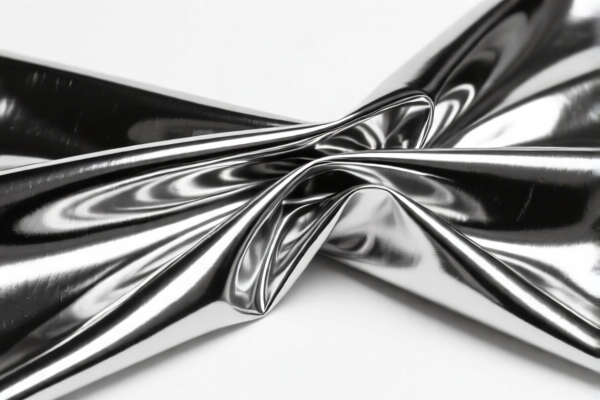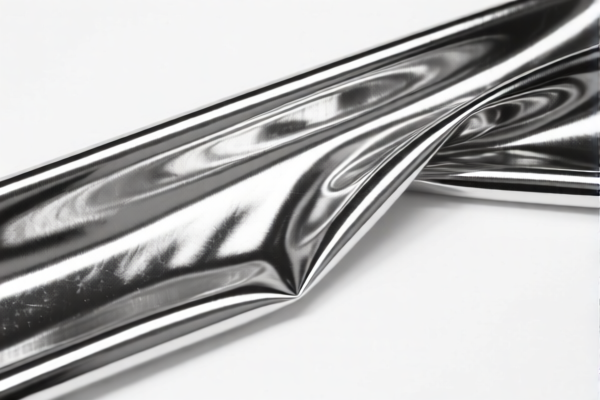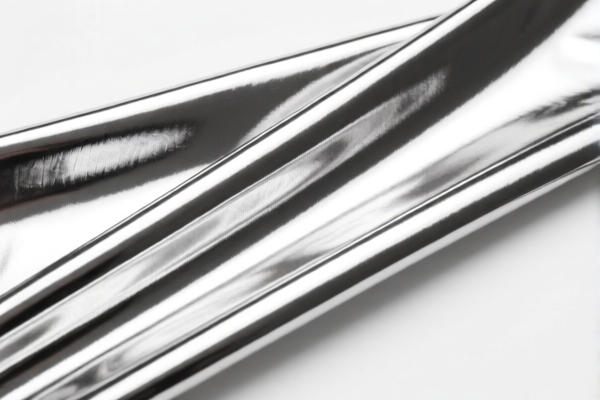| HS Code | Official Doc | Tariff Rate | Origin | Destination | Effective Date |
|---|---|---|---|---|---|
| 5609004000 | Doc | 58.9% | CN | US | 2025-05-12 |
| 5609001000 | Doc | 57.9% | CN | US | 2025-05-12 |
| 5404900000 | Doc | 55.0% | CN | US | 2025-05-12 |
| 5606000010 | Doc | 63.0% | CN | US | 2025-05-12 |
| 5606000090 | Doc | 63.0% | CN | US | 2025-05-12 |
| 5907006000 | Doc | 55.0% | CN | US | 2025-05-12 |
| 5907008090 | Doc | 55.0% | CN | US | 2025-05-12 |
| 6113001005 | Doc | 41.3% | CN | US | 2025-05-12 |
| 6113001010 | Doc | 41.3% | CN | US | 2025-05-12 |
| 5903903090 | Doc | 57.7% | CN | US | 2025-05-12 |
| 5903902500 | Doc | 62.5% | CN | US | 2025-05-12 |
| 5602906000 | Doc | 61.3% | CN | US | 2025-05-12 |
| 5602909000 | Doc | 52.9¢/kg + 8%+55.0% | CN | US | 2025-05-12 |
| 5902900000 | Doc | 55.0% | CN | US | 2025-05-12 |
| 6306905000 | Doc | 34.5% | CN | US | 2025-05-12 |
| 6307908940 | Doc | 37.0% | CN | US | 2025-05-12 |
| 6307908940 | Doc | 37.0% | CN | US | 2025-05-12 |
| 3919101010 | Doc | 61.5% | CN | US | 2025-05-12 |
| 3919901000 | Doc | 61.5% | CN | US | 2025-05-12 |
| 9607190060 | Doc | 68.0% | CN | US | 2025-05-12 |




Reflective Tape
Reflective tape is a retroreflective material used to enhance visibility, particularly in low-light conditions. It works by reflecting a significant portion of light back to its source, making objects more easily seen by drivers, pedestrians, and other observers.
Material
Reflective tape is typically constructed from several layers:
- Fabric Base: Often polyester, cotton, or a blend, providing strength and flexibility.
- Retroreflective Microprisms: These are the core component. They are tiny glass or plastic beads or prism structures that reflect light efficiently. These can be encapsulated in a transparent layer.
- Adhesive: Acrylic-based adhesives are common, providing strong bonding to various surfaces. The adhesive type varies based on the intended application (permanent vs. removable).
- Protective Layer: A clear coating protects the reflective elements from abrasion, weathering, and UV degradation.
Purpose
The primary purpose of reflective tape is to improve safety by increasing the conspicuity of objects. This reduces the risk of accidents in situations with limited visibility.
Function
Reflective tape functions based on the principle of retroreflection. Unlike regular reflection, where light bounces off at an equal and opposite angle, retroreflection redirects light back towards the light source, regardless of the angle of incidence. This is achieved through the unique structure of the microprisms.
- Microprisms: These act as tiny mirrors, internally reflecting light multiple times before exiting in a direction opposite to the incoming light.
- Efficiency: The effectiveness of reflective tape is measured by its retroreflective coefficient (Ra), indicating the amount of light reflected back per unit area.
Usage Scenarios
- Traffic Safety: Road markings (lane dividers, crosswalks), traffic cones, barricades, construction signs, vehicle markings (trucks, trailers, bicycles).
- Personal Safety: Clothing (jackets, vests), backpacks, helmets, shoes for cyclists, pedestrians, and emergency workers.
- Industrial Applications: Marking hazards, outlining equipment, labeling emergency exits.
- Marine Applications: Boat hulls, life vests, buoys.
- Aviation: Aircraft markings.
Common Types
- Engineer Grade: The most common and economical type, suitable for general traffic control and low-speed applications. Offers moderate reflectivity.
- High-Intensity Grade: Provides higher reflectivity than Engineer Grade, ideal for traffic signs, school buses, and construction vehicles.
- Prismatic Grade: Offers the highest level of reflectivity, used for critical applications requiring maximum visibility, such as highway signs and emergency vehicles. Utilizes prism technology for superior performance.
- Oralite Series: A brand of high-performance reflective tape known for its durability and wide range of colors and specifications.
- SOLAS Grade: Specifically designed for marine applications, meeting the standards of the Safety of Life at Sea (SOLAS) convention.
- Self-Adhesive vs. Heat Transfer: Reflective tape is available with either self-adhesive backing for easy application or as heat transfer tape, requiring a heat press for bonding to fabrics.
- Colors: While silver is the most common, reflective tape is also available in red, yellow, white, orange, and other colors.
Reflective tape typically functions as a safety marking material, enhancing visibility in low-light conditions. It is used in various applications, including road markings, vehicle identification, personal protective equipment, and construction signage. Based on the provided information, the following HS codes may be relevant:
- 3919101010: Self-adhesive plates, sheets, film, foil, tape, strip and other flat shapes, of plastics, whether or not in rolls: In rolls of a width not exceeding 20 cm: Having a light-reflecting surface produced in whole or in part by glass grains (ballotini) Pavement marking tape. This code specifically covers self-adhesive reflective tape in rolls less than 20cm wide, utilizing glass beads for reflectivity and is often used for pavement marking.
- 3919901000: Self-adhesive plates, sheets, film, foil, tape, strip and other flat shapes, of plastics, whether or not in rolls: Other: Having a light-reflecting surface produced in whole or in part by glass grains (ballotini). This code applies to self-adhesive reflective tape not meeting the width criteria of 3919101010, but still employing glass beads for reflectivity.
- 6306905000: Tarpaulins, awnings and sunblinds; tents (including temporary canopies and similar articles); sails for boats, sailboards or landcraft; camping goods: Other: Of other textile materials. If the reflective tape is incorporated into camping goods or other textile-based articles, this HS code may be applicable.
Regarding HS code 3919101010 and 3919901000, please note the requirement for a light-reflecting surface produced in whole or in part by glass grains (ballotini).
Customer Reviews
No reviews yet.